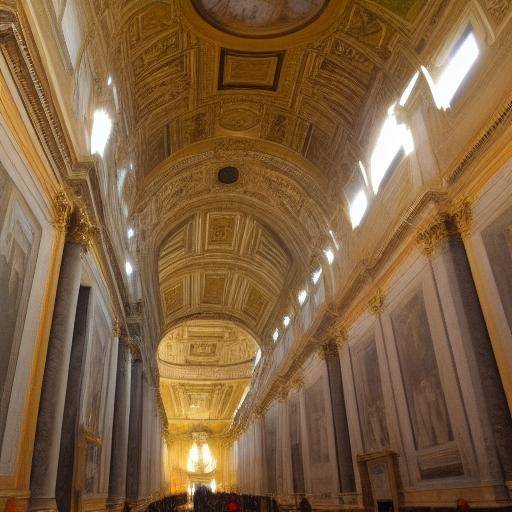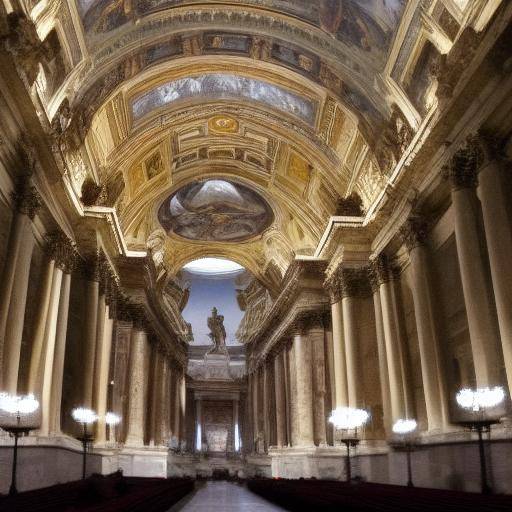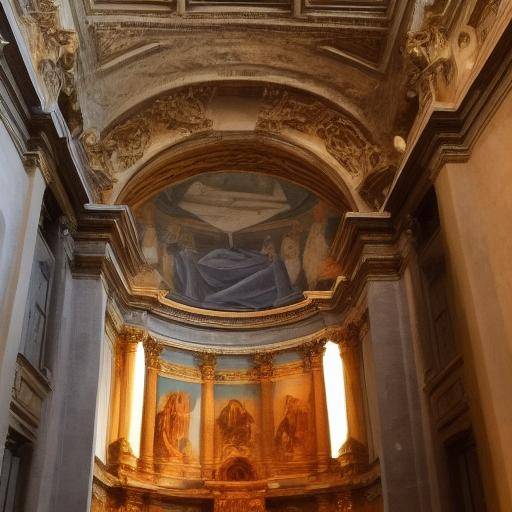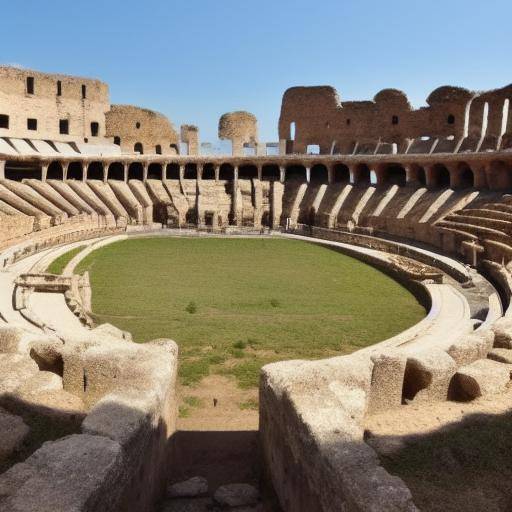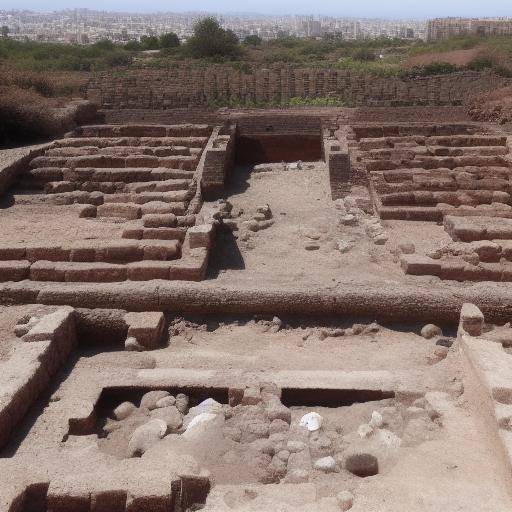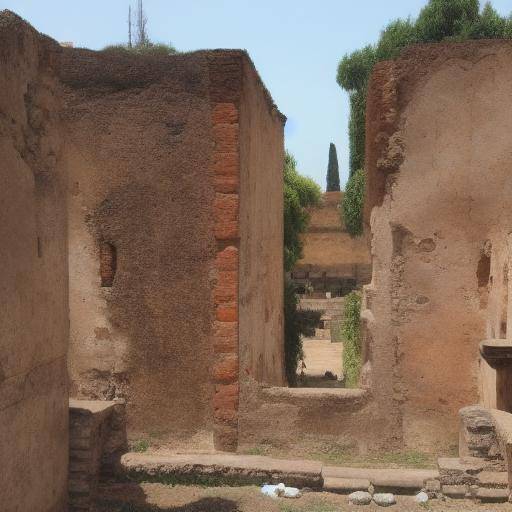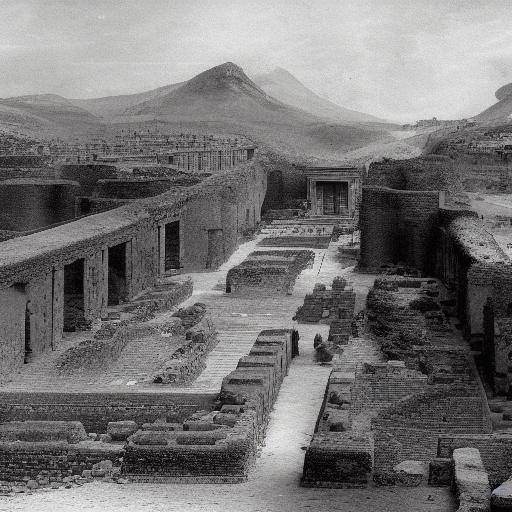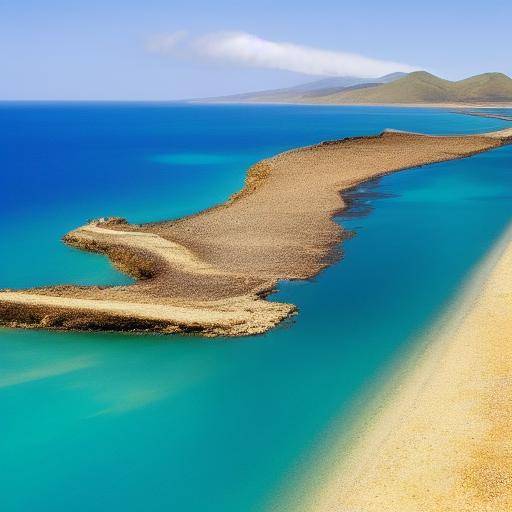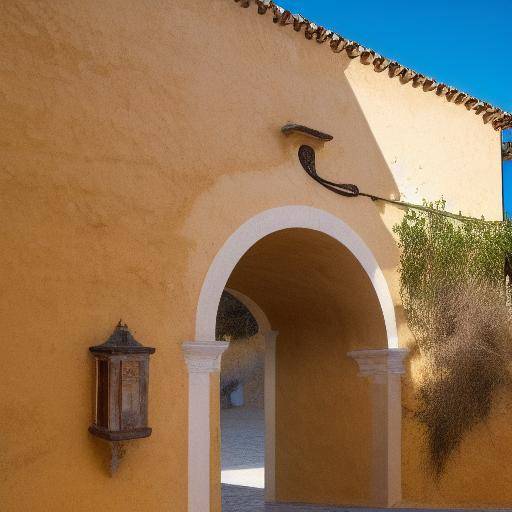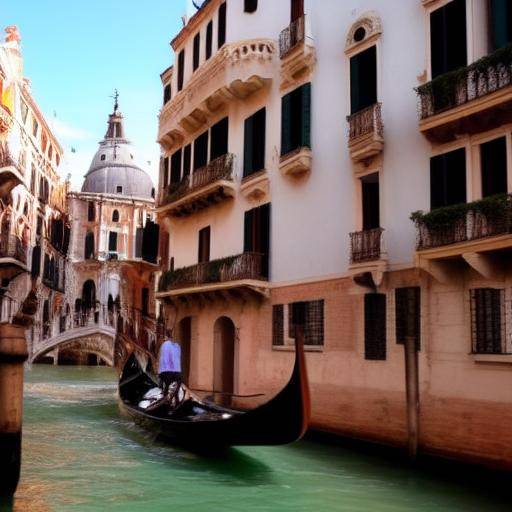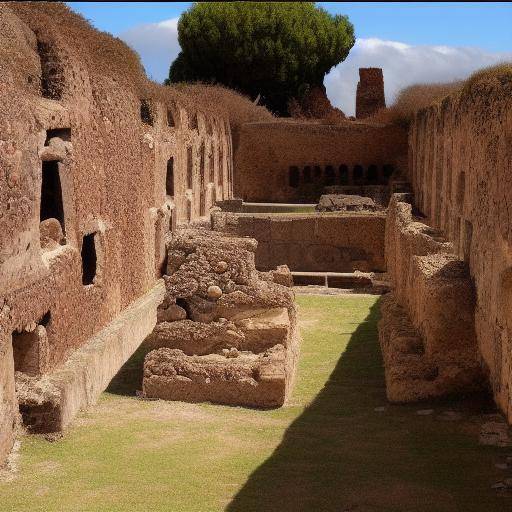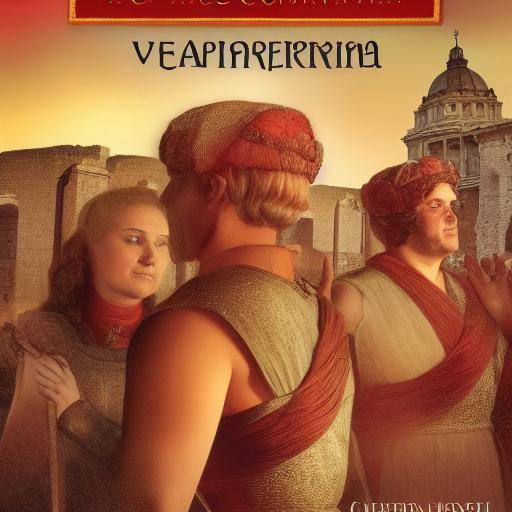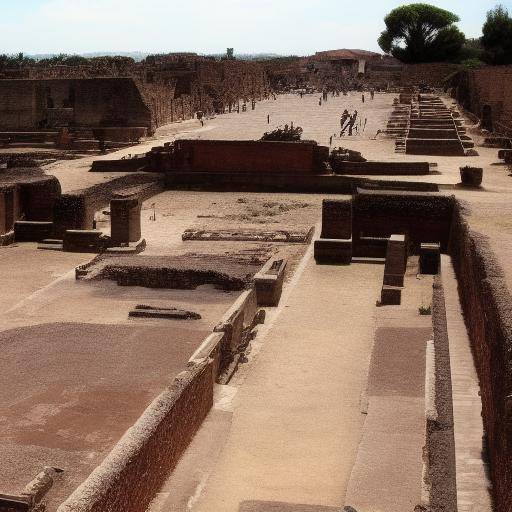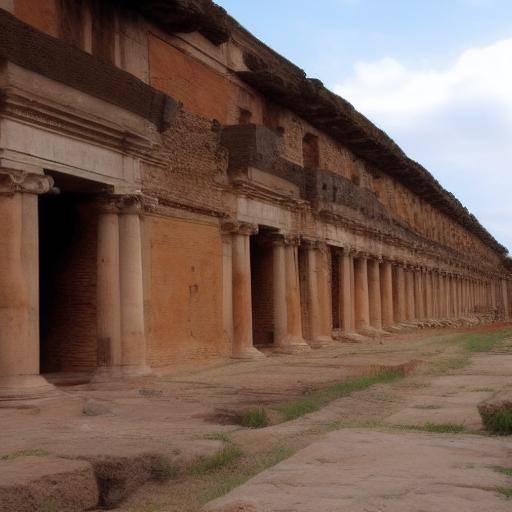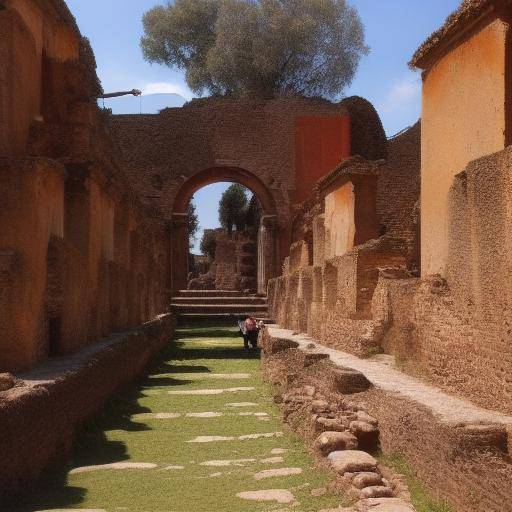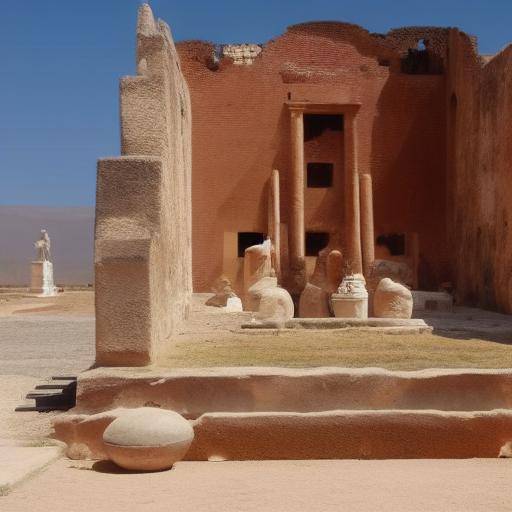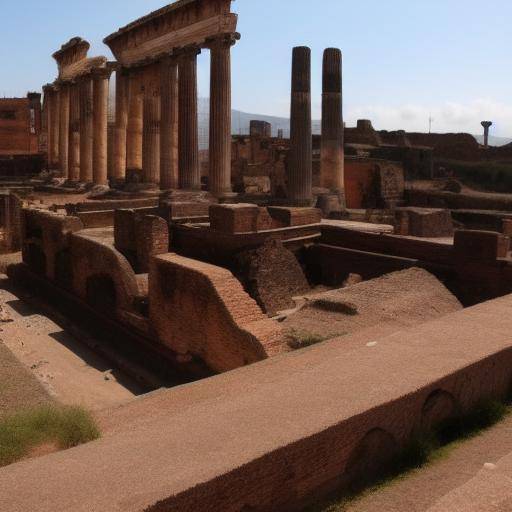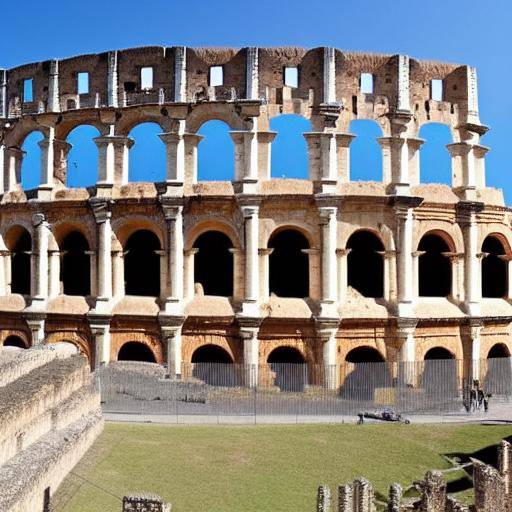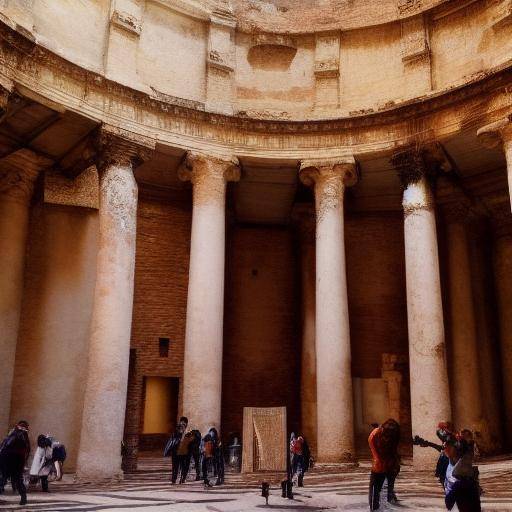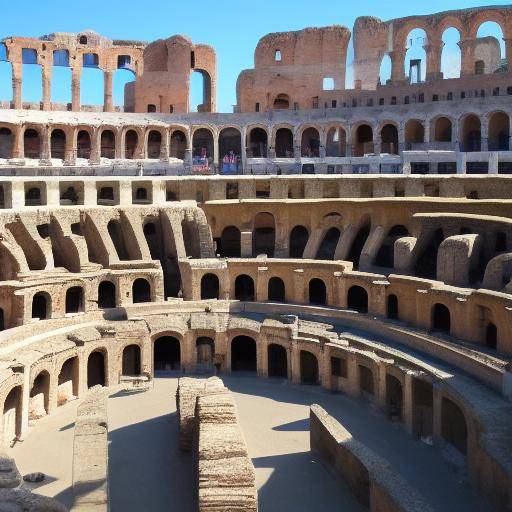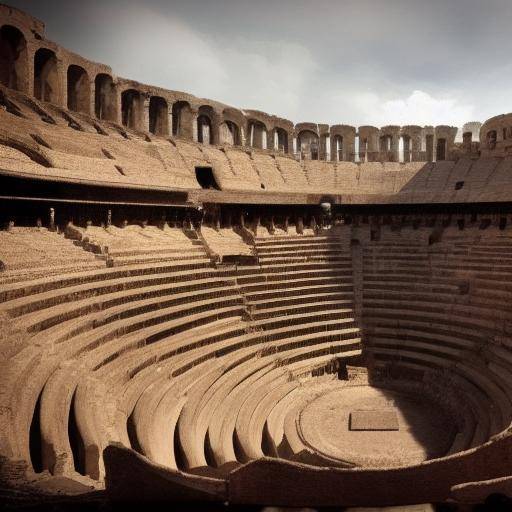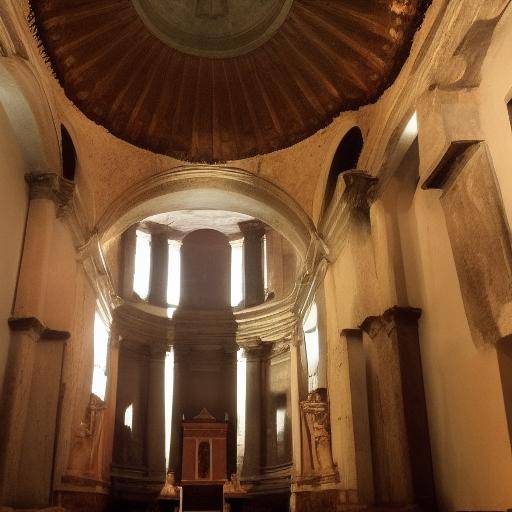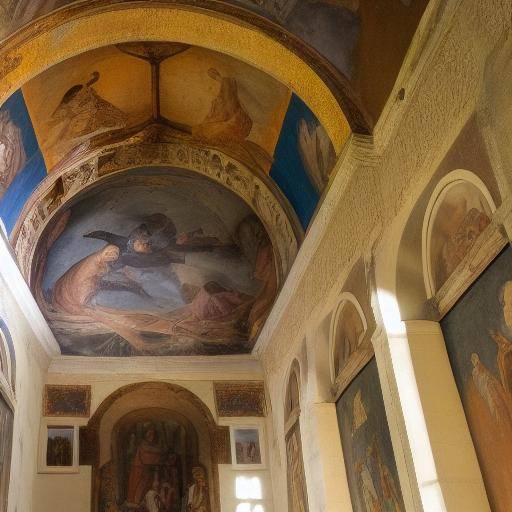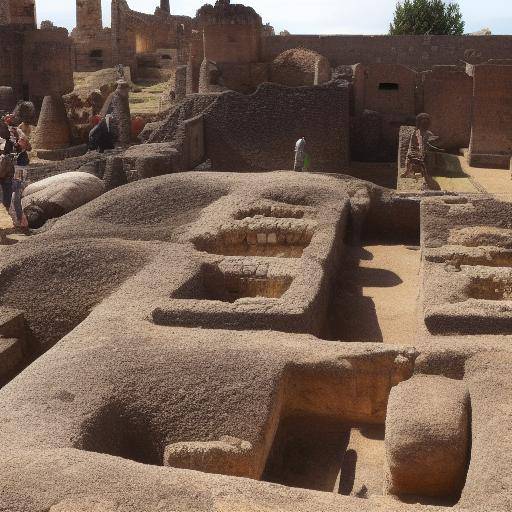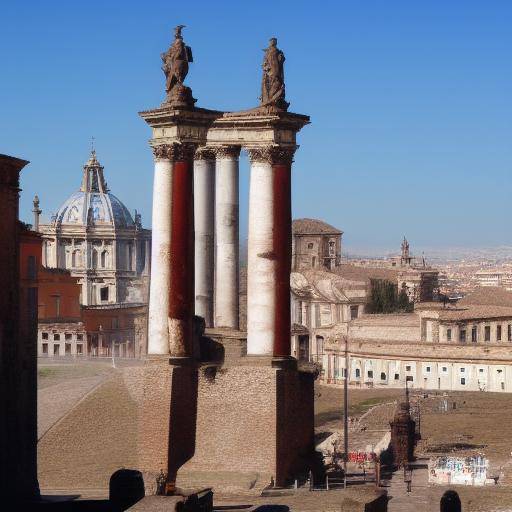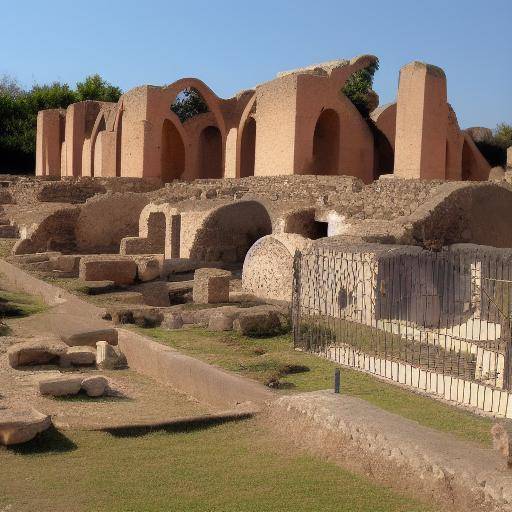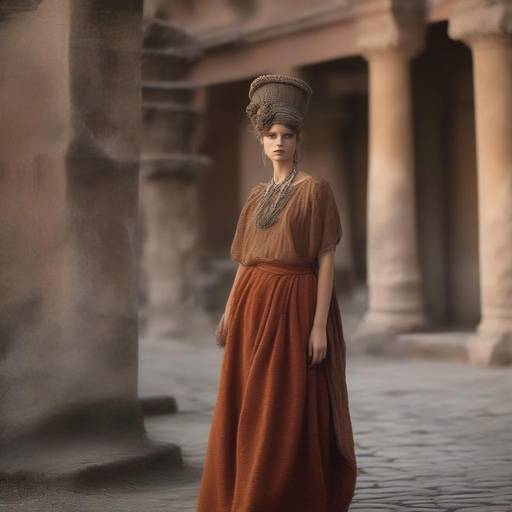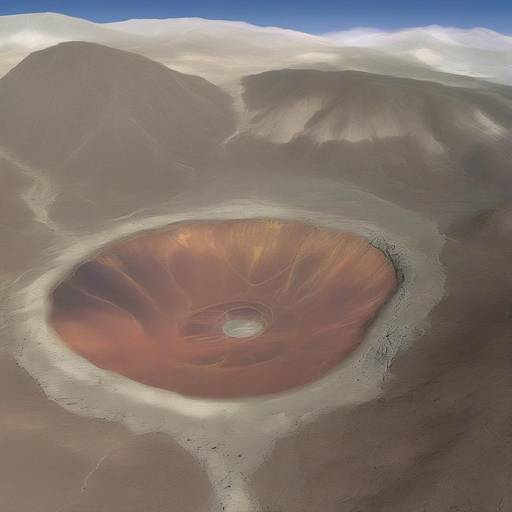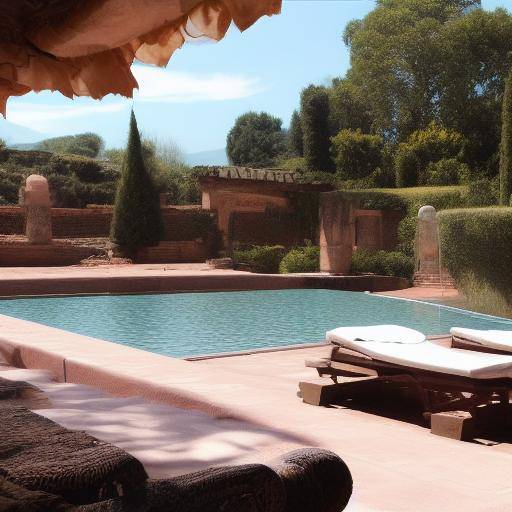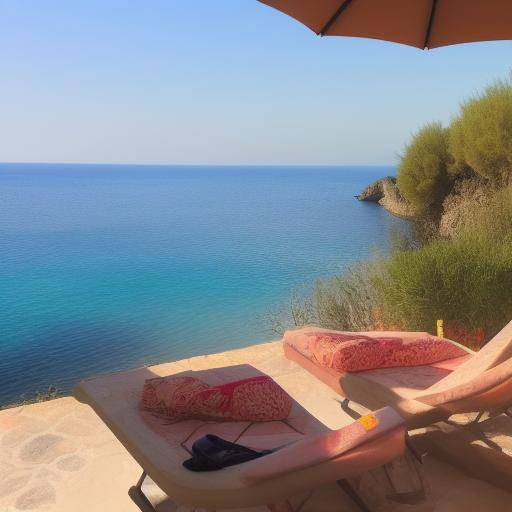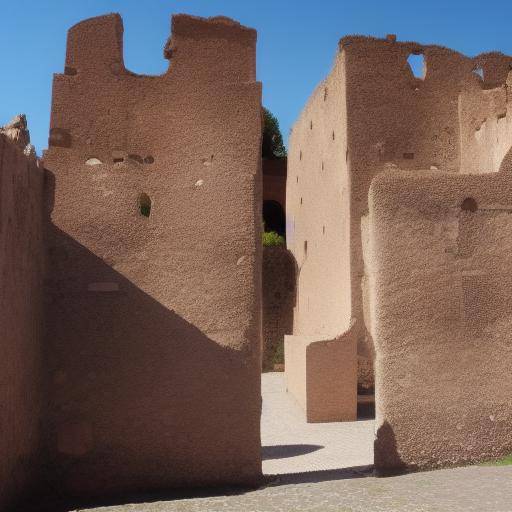
Introduction
Imagine walking through the streets of a city that was trapped in time, a place where the ruins are silent witnesses of an ancient tragedy. Pompeii, an archaeological site in Italy, offers visitors the opportunity to immerse themselves in the Roman past and contemplate daily life as it was almost two millennia ago. In this article, we will explore the rich history of Pompeya, its archaeological importance in the context of Italy and the fascinating Roman archaeology that reveals the lost splendour of an ancient civilization. From its tragic eruption of Vesuvius to its rediscovery and actuality, this narrative promises to enrich your understanding of Pompeya's history and legacy.
History and Background
The Origin of Pompeii
Pompeii, located in the region of Campania, south of Italy, was a flourishing city of ancient Roman civilization. Founded around the sixth century BC, the city thrived as a prosperous shopping and recreation center.
The Tragedy of the Vesuvius Eruption
However, Pompeii's fame is inextricably intertwined with the catastrophe that enveloped it for eternity. On August 24, 79 A.D., Mount Vesuvius, near the city, abruptly erupted, burying Pompeii under layers of ash and lava. The city and its inhabitants were frozen in time, creating a unique archaeological legacy.
Rediscovery and Excavation
For centuries, the ruins of Pompeii remained hidden underground. It was not until the 18th century that the city was rediscovered and archaeological excavations began. Since then, archaeologists and experts have unearthed an invaluable treasure of art, architecture and artifacts that shed light on life in ancient Rome.
Historical and Cultural Importance
The ruins of Pompeii not only provide an incomparable look at everyday life in ancient Rome, but represent a monument to the magnificence and fragility of human civilization. The site has been declared a World Heritage Site by UNESCO and attracts millions of visitors every year, becoming a lasting testimony of the greatness and devastation that time can inflict.
Detailed Analysis
Challenges and Opportunities
The preservation of an archaeological site like Pompeya presents unique challenges, including, but not limited to, the conservation of structures, tourism management and the protection against erosion. However, the educational and cultural potential of Pompeya has opened new avenues for the investigation and dissemination of Roman history.
Perspectives and Diverse Reviews
The experts in Roman archaeology have discussed the meaning of Pompeii and its contribution to knowledge about ancient civilization. Some have emphasized the importance of archaeological findings for the general understanding of the Roman world, while others have emphasized the need to preserve Pompeii's legacy for future generations.
Relevant Case Studies
The recovery of remarkable artifacts, such as mural paintings, household utensils and mummified human remains, has provided valuable information about life in Pompeii before its tragic end. These findings have been crucial to rebuilding Roman society and its material culture.
Comprehensive review
Applications and Best Practices
Pompeya offers an exceptional case of study for the development of strategies for the conservation of archaeological heritage and the promotion of cultural tourism in a sustainable way. The lessons learned in Pompeii can be applicable to other archaeological sites in Italy and around the world.
Expert Perspectives and Future Trends
Archaeologists and cultural heritage experts are exploring new technologies, such as virtual reality and carbon dating, to broaden the limits of archaeological research in Pompeya. These innovations promise to reveal even more secrets of Roman history and enrich the experience of visitors.
Comparative analysis
Pompeii vs. Other Roman Ruins in Italy
Compare the ruins of Pompeii with other archaeological sites featured in Italy, such as Herculano, offers an acute view of the different urban and cultural dynamics that characterized the ancient Roman cities. This comparative analysis is essential to understanding the diversity and complexity of the Roman world.
Practical Tips and Recommendations
Visiting planning
When planning a visit to Pompeii, it is crucial to consider factors such as season, stay duration and accommodation options. In addition, it is advisable to hire a local tour guide to make the most of the experience and understand the importance of each archaeological discovery.
Industry Perspectives and Expert Reviews
The Impact of Tourism on Pompeii Heritage
The massive influx of visitors has posed challenges for the preservation of the ruins of Pompeya. Heritage management experts have proposed strategies to balance the conservation of the site with the needs of tourism, ensuring that Pompeya remains a lasting legacy for generations to come.
Case Studies and Practical Applications
Relevance of Pompeii Ruins in Education
The ruins of Pompeya offer an incomparable educational experience for students and academics. Educational programs that use the site as an outdoor classroom have demonstrated the power of archaeology to stimulate interdisciplinary learning and appreciation of history.
Future Trends and Predictions
The Future of Roman Archaeology in Italy
As technology and research in archaeology advances, the study of Pompeya and other Roman sites in Italy is expected to reach new heights. Advances in heritage conservation and knowledge dissemination promise to preserve this invaluable legacy for future generations.
Conclusion
The journey through the ruins of Pompeii has brought us to an ancient world full of splendor, tragedy and wonder. From its dramatic past to its resonance in the present, Pompeii continues to captivate and teach those who visit it. This unique perspective of Roman history reminds us that, despite the passage of time, Pompeya's legacy remains indelible, awaiting those willing to explore and learn from it.
Frequently asked questions
1. What is the best time of the year to visit the ruins of Pompeya?
Spring and autumn are usually the best resorts to visit Pompeya, as the weather is milder and there is less influx of tourists.
2. What measures are being taken to preserve the ruins of Pompeya?
Conservation programmes are being implemented, including structural stabilization, erosion control and sustainable tourism management.
3. What is the importance of the mural paintings discovered in Pompeya?
Pompeii's mural paintings provide a valuable insight into everyday life, art and aesthetics in ancient Rome.
4. Can I participate in archaeological excavations in Pompeya as a volunteer?
Yes, there are volunteer programs that allow archaeology enthusiasts to participate in excavations supervised by experts.
5. Can Pompeii be visited with children?
Yes, Pompeii is an educational and fascinating place to visit with children, but it is recommended to plan the tour considering its age and level of interest in history.
6. What other Roman archaeological sites are recommended to visit in Italy in addition to Pompeya?
Among the recommended sites are Herculaneum, Ostia Antica and the Colosseum in Rome, each offering a unique perspective of ancient Rome.
With this wide range of information, I hope you are ready to embark on a unique adventure through the ruins of Pompeii and deepen in the fascinating world of Roman archaeology in Italy. May your trip to the Roman past be enriching and unforgettable!


